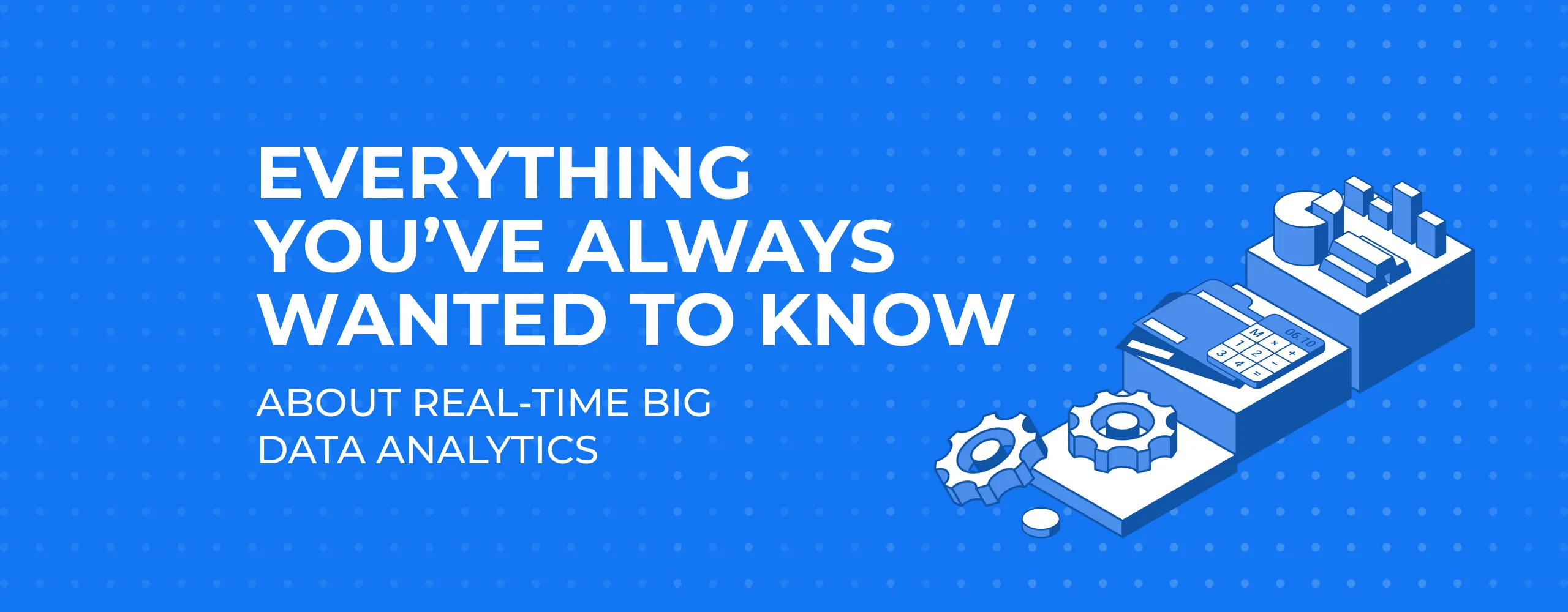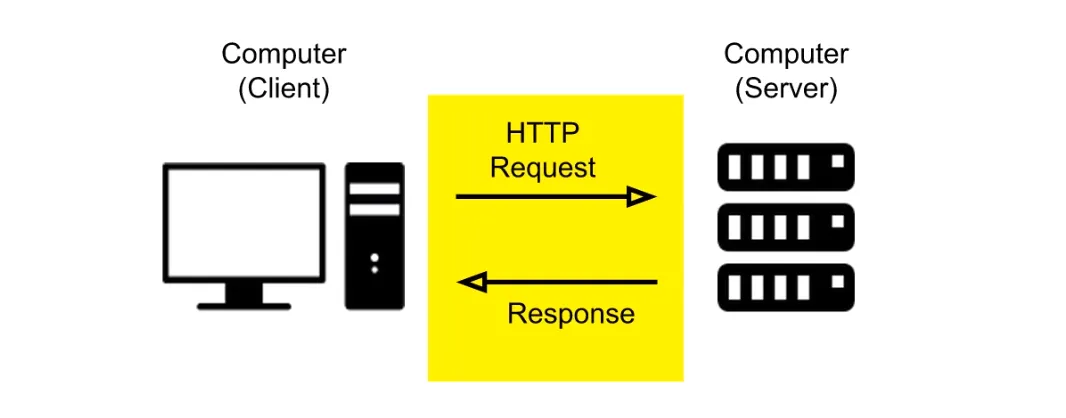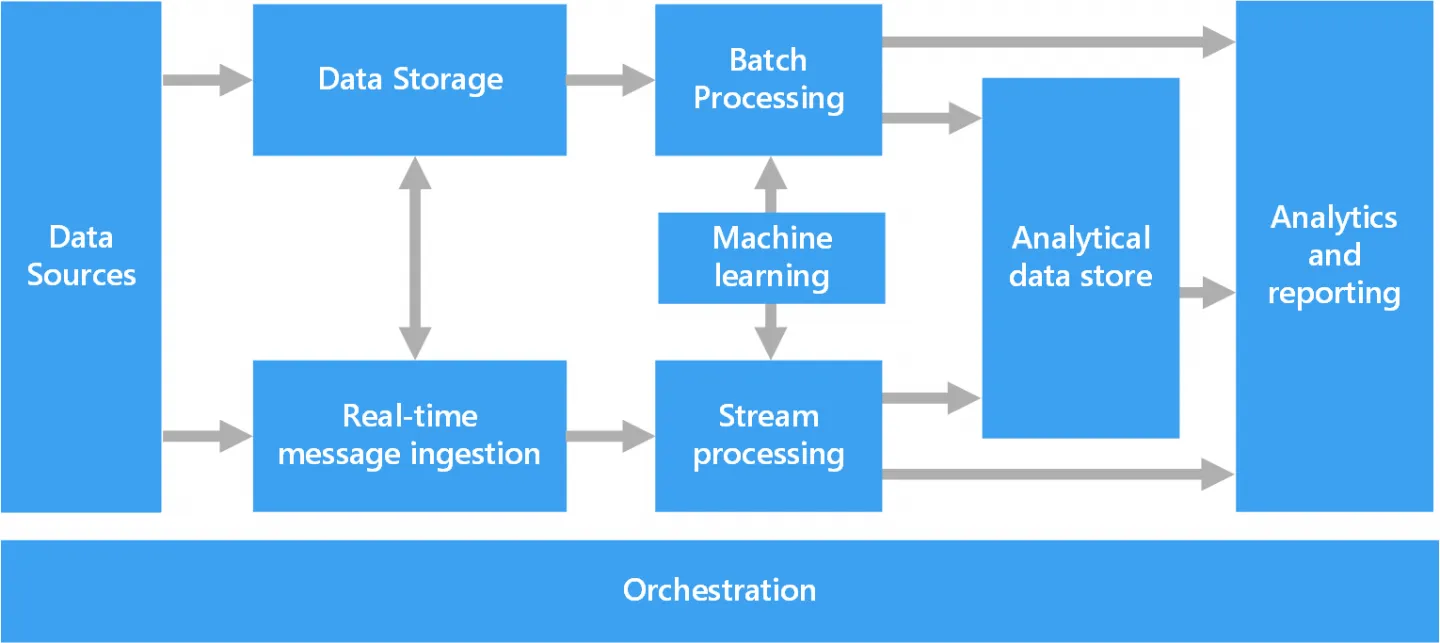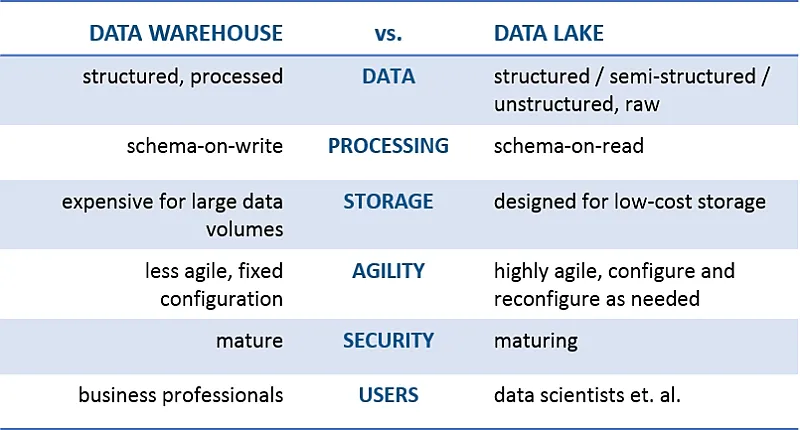
Everything You’ve Always Wanted to Know about Real-time Big Data Analytics

At the junction of real-time analytics and Data science technology, real-time big data analytics was born. In Magora new post, we explore what this term really means and how it can transform your business.
What does “real-time analytics” mean?
Real-time big data analytics can be understood as data analysis that is processed at the same time as the data mass arrives, allowing the business or the user to find valuable insight at the moment of decision-making.
“Real-time” techniques don’t necessarily mean instantaneous. In data analysis, there are two important concepts – data request and response.
If the problem of data input is already solved, the next step is to organise the real-time data output.

Instead of the classical approach of initiating the data request on the client’s side, there is always an option to initiate it on the server-side. The time between these checks can vary from milliseconds to hours, while still being considered “real-time”.
- The critical time response depends on business needs. For example, if we’re talking about driverless cars, the value of rapid response is higher. However, in the case of an analytical system in a bank during the process of assessing an application for credit, it is possible to wait for a couple of minutes, while a retailer’s dynamic pricing can take up to an hour to update.
How to benefit from real-time big data analytics
While the majority of companies admit that big data analytics is a necessary business intelligence tool, not all of them choose real-time solutions. The reasons for this may vary, including:
- lack of experts who can implement and maintain real-time analytics;
- limited budget or lack of data;
- fear of change or associated challenges etc.
Nonetheless, here our expert team shares with you a case in which real-time big data analytics has proved its efficiency once again.
Case: real-time big data analytics in the restaurant business
One restaurant chain owner was thinking of how to attract more visitors to a new location. He decided to implement real-time big data analytics in order to provide more personalised offers to clients and see how it affected sales.
- Whenever someone passed by, their phones would connect to the restaurant’s Wi-Fi, which would then send a push notification inviting them to come in. This usually involves a promo offer that can be based on the person’s purchase history if they’ve already been to the restaurant or on an analysis of the most popular dishes for the day.
- Once the customer is inside, every waiter gets a notification on their mobile app as well. The staff can see the info about the customer’s preferences if any already exist. This info can be used to suggest winning options to the client and thus increase their bill – or, at least, provide a better experience, serving everyone in less than a couple of minutes.
This is what you can achieve by using real-time analytics. It considers factors that the human mind would simply miss and allows you to factor them into your decision-making right now.
Also, if you send bills and checks via push notifications as well, you can save the client’s time while also saving paper and helping the environment.
Real-time big data analytics software architecture

Everyone assumes the role of a customer every day. So, let’s see how it works from a technical perspective.
Building big data analysis architecture
In retail, it’s been proven that delivering a personalised customer offer is of utmost importance for the building up of client loyalty and sales efficiency.
- The first step to achieving this would be to recognise the clients and their needs, preferences and search history. This can be done in many ways, either online or offline, thanks to the implementation of face recognition and neural nets.
Now, with customer permission, you can collect masses of data on customers’ gender, age, geographical information (in the case of online stores) and any other available statistics.
However, a single source of information for this type of analysis is not sufficient. You can increase efficiency and discover further facts thanks to marketing surveys, for example, or questionnaires backed up by bonus cards. Also, one can count the number of transactions per day, the most active purchasing hours, the most popular goods, medium assessments etc.
All this forms the data lake and the data warehouse for the program to analyse.
- A data lake is all the raw data that you have managed to collect. Maybe it’s been through some simple processing but most likely it hasn’t.
- A data warehouse is smaller and more precise. These are the figures that have been extracted and sampled according to a certain pattern.

From the perspective of big data analytics, the retailer gets insights about what promos to offer or how to build the optimal layout of goods in the most efficient way.
- In the case of real-time data analytics, the system can send notifications to the customer’s phone about the offers of the day or else show them off-the-shelf-prices for the list of items planned for purchase as well as providing a guide (route) to the shelves where the client’s preferred brands are to be found in a big supermarket.
The mechanisms that help the computer to analyse masses of figures and make decisions is AI (Artificial Intelligence) and such algorithms are called machine learning.
There are different models of machine learning, which we’ve covered in another post. However, what needs to be said here is that they can learn and get better analysis the more data is input and the longer they function. Even though they need some filtering and human help from time to time, some mechanisms can be even more effective than human analysis like neural nets.
Example of implementation real-time analysis by Amazon team
Conclusion
You can’t live by real-time analytics only. Our software and mobile app development company can help you in lots of cases. Big Data analytics can be useful in so many ways: diagnosing existing problems and weaker points, reporting on the up-to-date situation, advising on better strategies to take. All of this makes it an indispensable business tool even if it’s not real-time. By giving up on data analysis, you will inevitably lose some important pieces of a puzzle.
Nonetheless, applying elaborate algorithms and statistical models driven by data analysts for real-time operations can bring you benefits you’ve never even dreamed of. It will also help you to stay one step ahead of your less technologically-advanced competitors.





